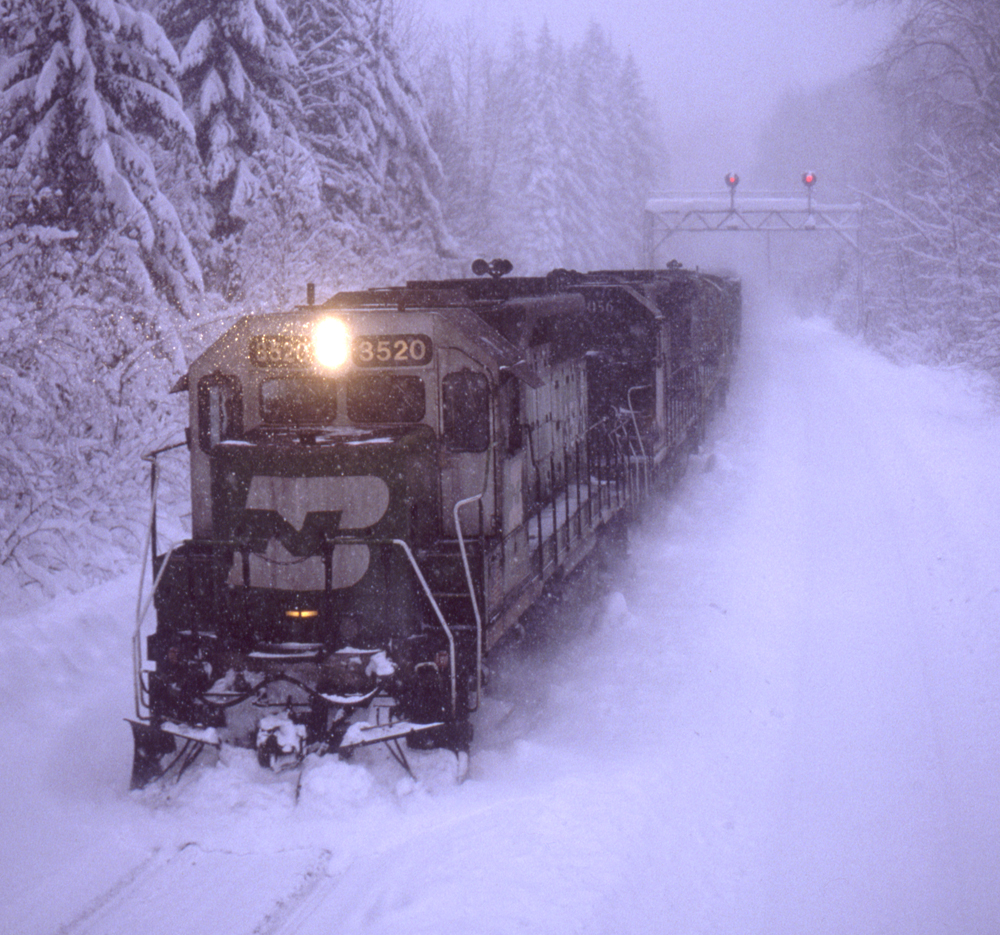
Steak and eggs I was working a westbound over the Scenic Subdivision as the conductor on a Wenatchee-to-Seattle drag freight. The East pool ran from our home terminal of Seattle (Balmer Yard) east of the Cascade Mountains to Wenatchee, our away-from-home terminal. This was in December of 1983. It was very cold that day. The […]
Read More…
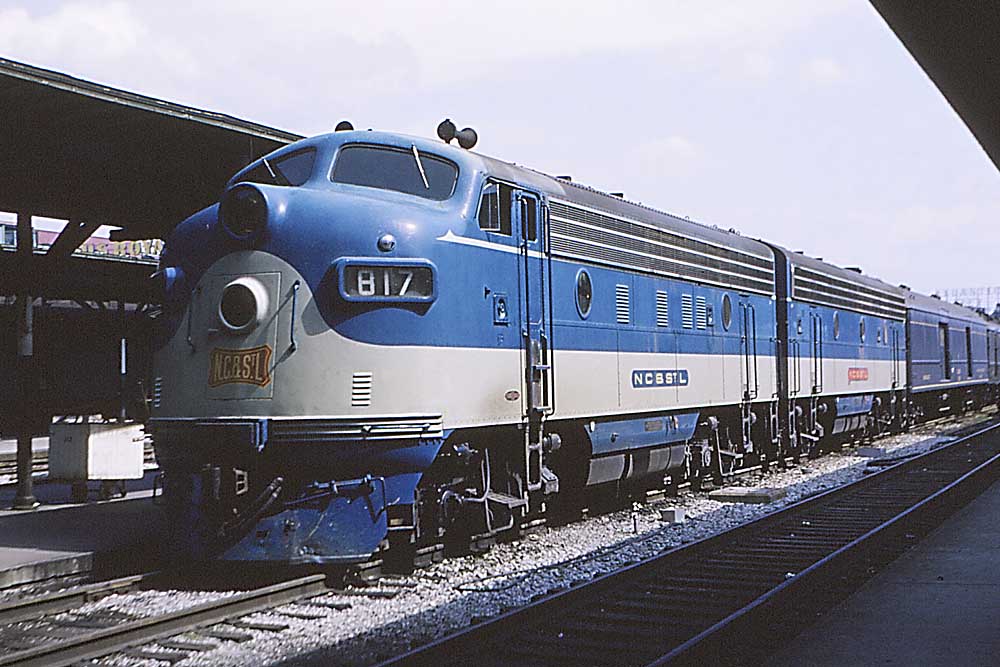
Although the Nashville, Chattanooga & St. Louis Railway employed several nicknames — “Dixie Line,” “Nashville Road,” and “Lookout Mountain Route” among them — to former employees and their families, it will always be “Grandpa’s Road.” James A. Skelton was one of those Grandpas. He was 14 in April 1862, and although the War Between the […]
Read More…
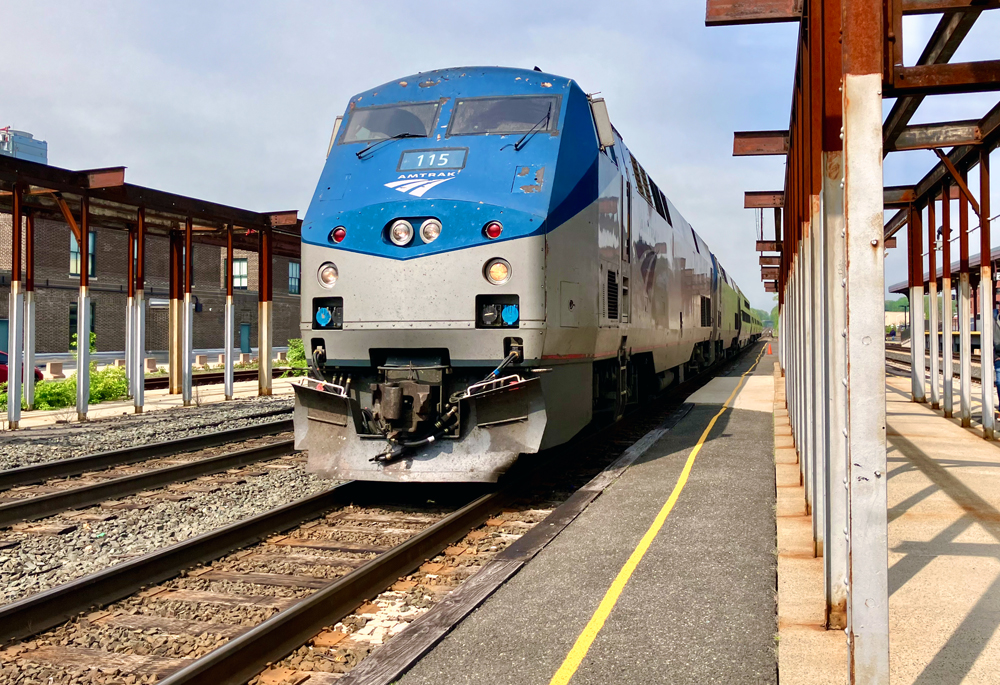
A train with no name… With the world changing at an accelerating pace, there’s something comforting about standing on a station platform, putting your left foot on the standard Amtrak-issue yellow step stool, and climbing aboard a train. Not any old train, mind you, but a passenger train with a name. A train that carries […]
Read More…
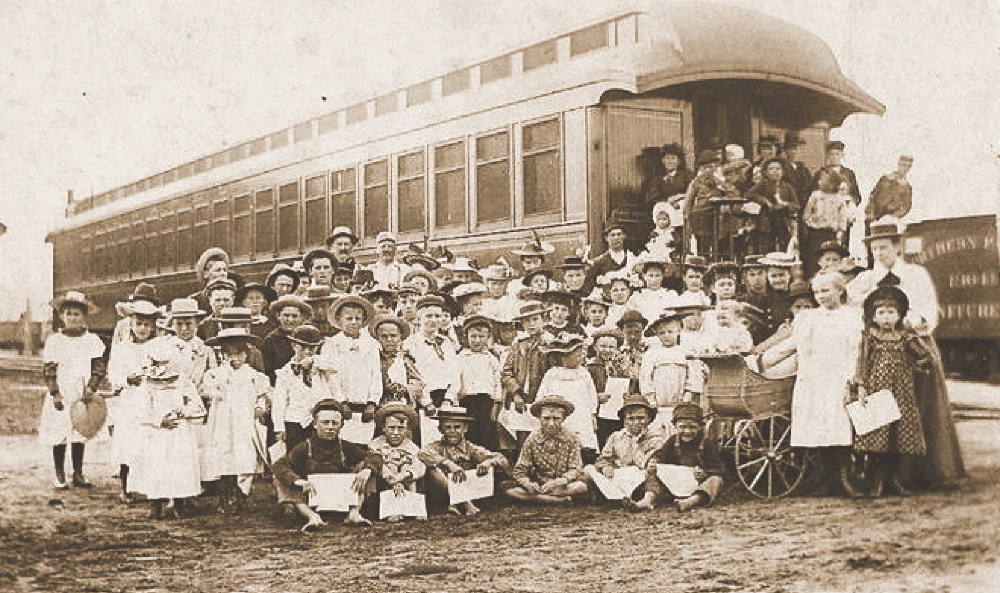
Orphan Trains The orphan train story does not involve a specific train consist, locomotive, route, or even schedule. The story comes from a period that was socially different from today — 1854 to 1930. Attitudes about the idea of family, how parents cared for children, and the dichotomy between well-off and not, were radically different […]
Read More…
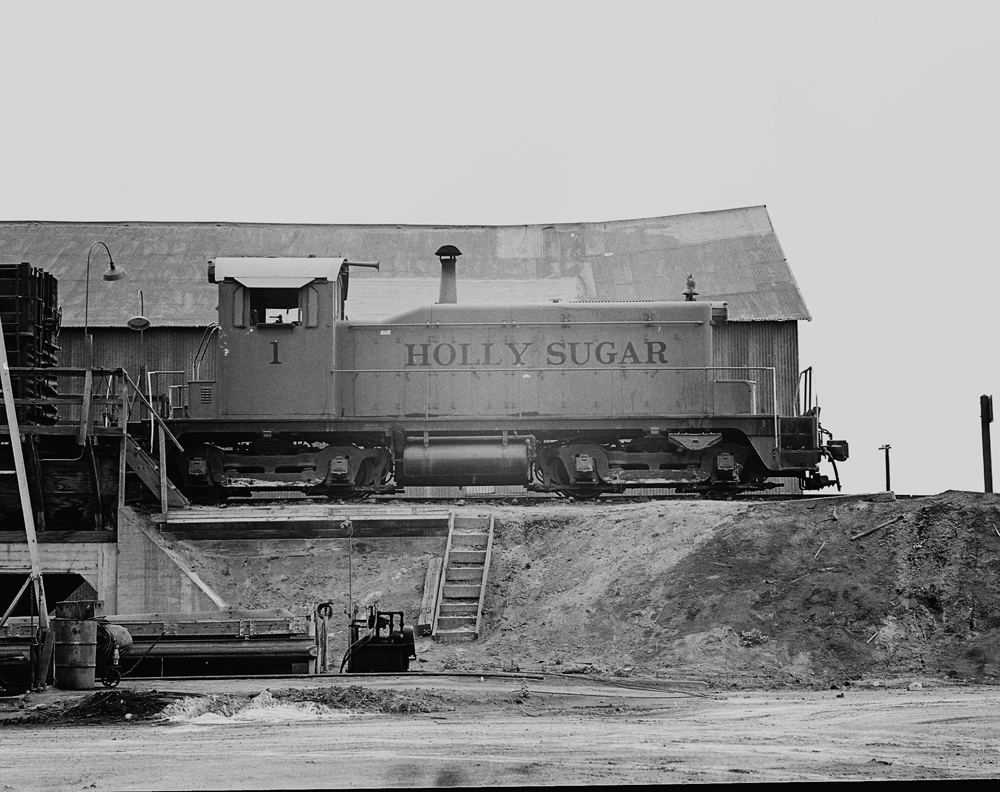
Down memory lane Down memory lane: Ever find yourself bumping into the same locomotive over the decades? I have. For me, it is former Southern Pacific’s Electro Motive Corporation SW1 No. 1000. My first encounter was in the 1960s in Northern California, the only model on the roster not working in the greater Los Angeles […]
Read More…
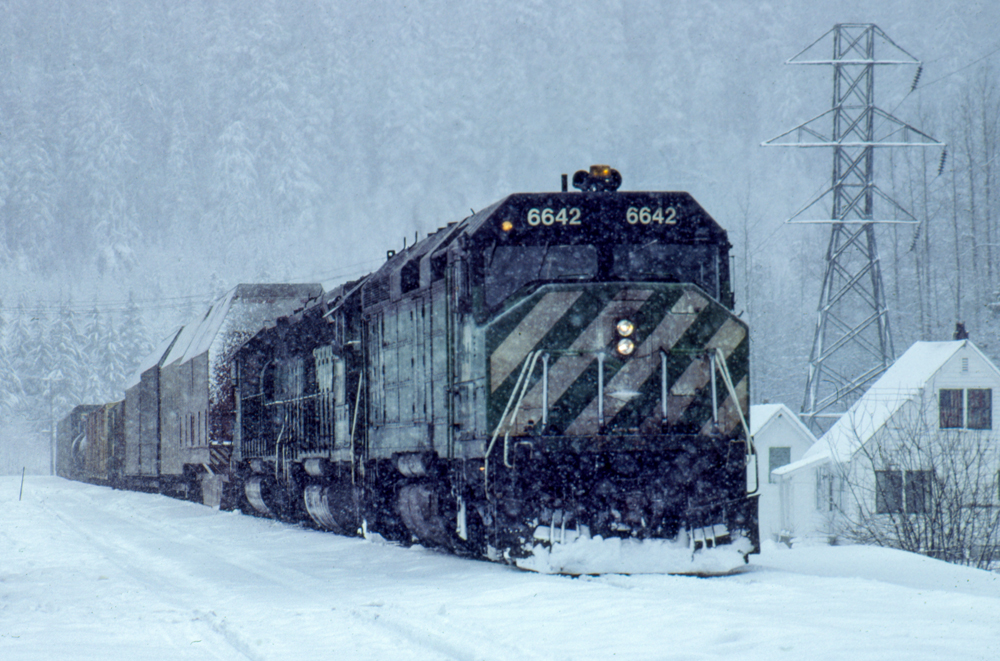
Them’s the breaks Late afternoon on Jan. 30, 2007, my conductor and I were called for the SSEALPC — a stack train from Seattle to Logistics Park, Elwood, Ill., a suburb of Chicago. Our train that day was FURX No. 8117 as the lead unit of six, trailing us were 63 loads, zero empties, 5,924 […]
Read More…

Walking out the 15th Street side entrance to Detroit’s Michigan Central Station last Friday morning, I found myself channeling the great baseball play-by-play man Jack Buck. “I can’t believe what I just saw!” Buck’s epic quote came, of course, when Dodger Kirk Gibson launched his epic home run off A’s reliever Dennis Eckersley in game […]
Read More…
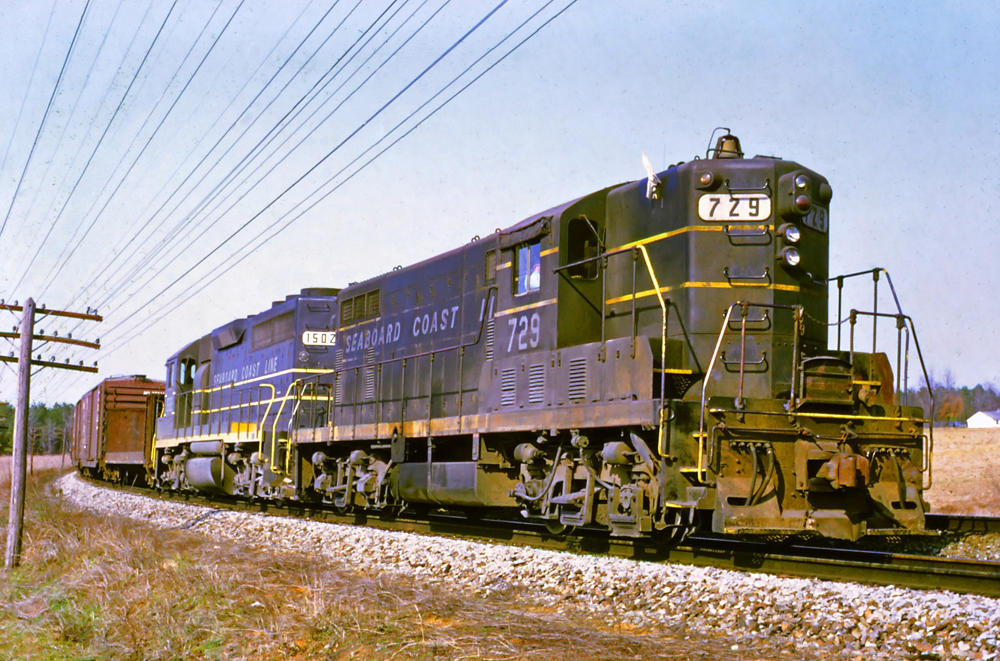
My first regular assignment as a brakeman on the Seaboard Coast Line Railroad in 1977 was one that no one else wanted. In accordance with my union’s working agreement, when a job could not be filled voluntarily, the most junior employee was “forced” to work it. The morning after being notified by the crew clerk, […]
Read More…
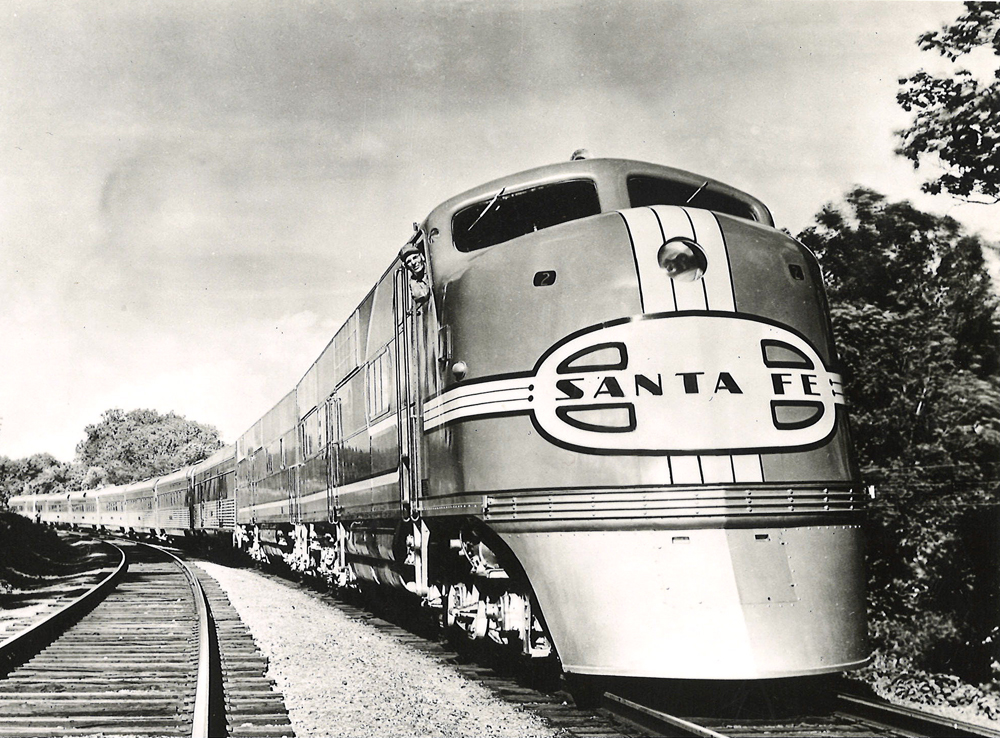
The Budd Co. and Chicago, Burlington & Quincy went hand in hand in building the streamlined Zephyr fleet, though the Midwestern railroad wasn’t the only customer to the car manufacturer. By 1941, the company produced nearly 500 stainless-steel passenger cars to more than a dozen railroads. The 1939 Silver Meteor and 1941 Empire State Express […]
Read More…
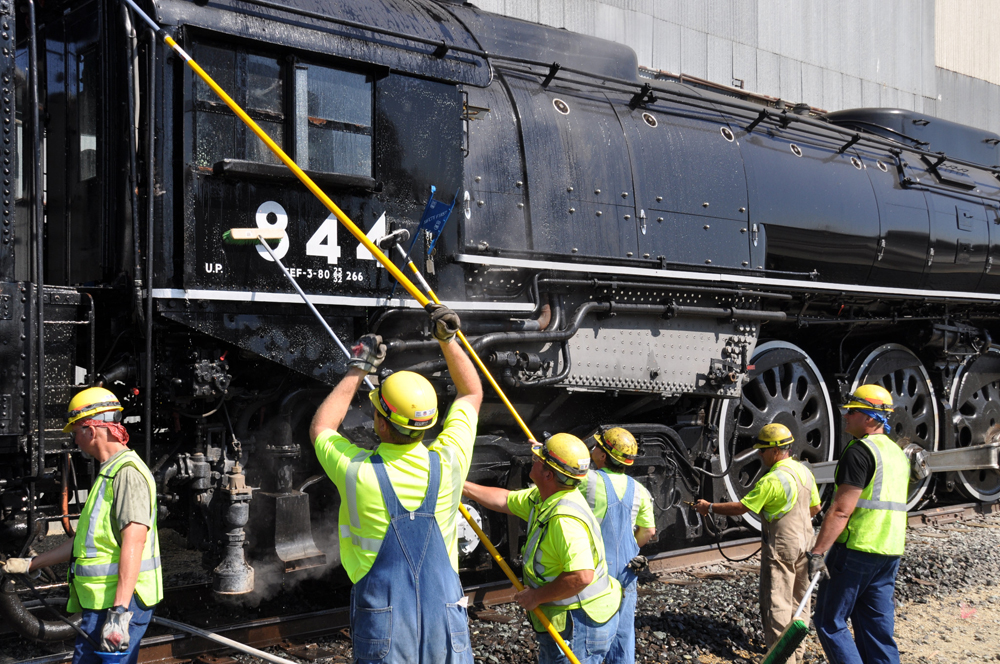
Union Pacific steam locomotive Every operating steam locomotive you see: Union Pacific No. 4014, Canadian Pacific No. 2816, NKP No. 756, Reading & Northern No. 2102, and many others all have one thing in common. They are always clean. It does not matter how large or small they are, how old they are, or what […]
Read More…

Here today, gone tomorrow A lack of diversity in locomotive models — and paint schemes — tends to give many of us a sense of complacency. Why go out of the way to watch and perhaps photograph trains that have always been there and seemingly always will? Except, as we have found out in the […]
Read More…
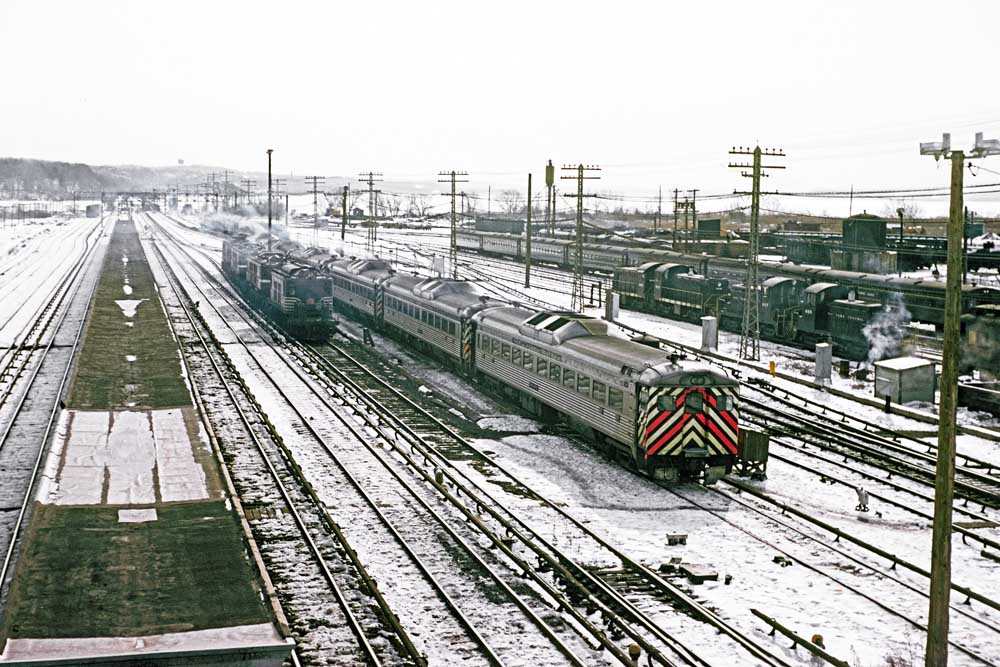
Like many other railfans back in the mid-1960s, I was shooting using black & white negative film essentially on an exclusive basis. Reasons for this included budget (color slide film and processing were more expensive than monochrome), camera quality issues (it turned out that my Argus C-3 could do a reasonably good job with […]
Read More…












